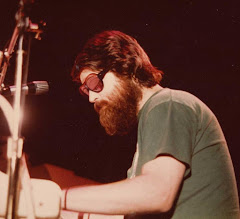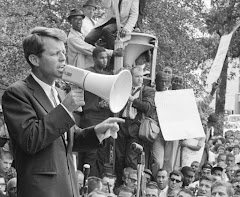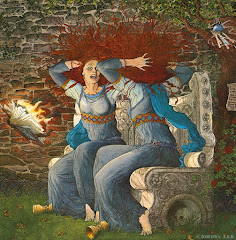Phil Ramone and Paul Simon with their Grammy Awards for Still Crazy After All These Years in 1976
Phil Ramone, Producer for Music’s Biggest Stars, Dies at 79
By BEN SISARIO
Published: March 30, 2013
Phil Ramone, a prolific record producer and engineer who worked with some of the biggest music stars of the last 50 years, including Ray Charles, Frank Sinatra, Paul Simon, Billy Joel and Barbra Streisand, died on Saturday in Manhattan. He was 79. Though it was widely reported that he was 72, public records and his family confirm that he was born Jan. 5, 1934.*
His death was confirmed by his son Matthew. He did not immediately give the cause, but Mr. Ramone was reported to have been admitted to a Manhattan hospital in late February for treatment of an aortic aneurysm.
In his 2007 memoir, “Making Records: The Scenes Behind the Music,” written with Charles L. Granata, Mr. Ramone defined the role of record producer as roughly equivalent to that of a film director, creating and managing an environment in which to coax the best work out of his performers.
“But, unlike a director (who is visible, and often a celebrity in his own right), the record producer toils in anonymity,” he wrote. “We ply our craft deep into the night, behind locked doors. And with few exceptions, the fruit of our labor is seldom launched with the glitzy fanfare of a Hollywood premiere.”
Mr. Ramone’s career was one of those exceptions. He was a trusted craftsman and confidant in the industry who was also one of the handful of producers widely known to the public. He won 14 Grammy Awards, including producer of the year, nonclassical, in 1981, and three for album of the year, for Mr. Simon’s “Still Crazy After All These Years” in 1976, Mr. Joel’s “52nd Street” in 1980, and Mr. Charles’s duets album, “Genius Loves Company,” in 2005. He also produced music for television and film, winning an Emmy Award as the sound mixer for a 1973 special on CBS, “Duke Ellington ... We Love You Madly.”
Mr. Ramone was born in South Africa and grew up in Brooklyn. His father died when he was young, and his mother worked in a department store. A classical violin prodigy, he studied at the Juilliard School but soon drifted toward jazz and pop, and apprenticed at a recording studio, J.A.C. Recording.
In 1958, he co-founded A & R Recording, a studio on West 48th Street in Manhattan, and built a reputation as a versatile engineer, working on pop fare like Lesley Gore as well as jazz by John Coltrane and Quincy Jones. He ran the sound when Marilyn Monroe cooed “Happy Birthday” to President John F. Kennedy in 1962, and three years later won his first Grammy as the engineer on Stan Getz and João Gilberto’s landmark album “Getz/Gilberto.”
As a producer, he had a particularly close association with Mr. Joel and Mr. Simon; the back cover of Mr. Joel’s 1977 album “The Stranger” features a photograph of Mr. Ramone posing with Mr. Joel and his band at a New York restaurant.
“I always thought of Phil Ramone as the most talented guy in my band,” Mr. Joel said in a statement on Saturday. “He was the guy that no one ever, ever saw onstage. He was with me as long as any of the musicians I ever played with — longer than most. So much of my music was shaped by him and brought to fruition by him.”
Mr. Ramone’s relationships with those men were deep enough that he named two of his sons after them: Simon and William (known as B. J.); they survive him, along with Matthew, his third son, and his wife, Karen.
As a producer, Mr. Ramone was known for a conservative sound rooted in jazz and traditional pop, and in later years his biggest successes included albums with Mr. Charles, Tony Bennett, Elton John and others.
But he was also a proponent of new technologies. He was an early advocate for digital recording, and pushed for Mr. Joel’s “52nd Street” to be one of the first commercially released albums on compact disc, in 1982. Mr. Sinatra’s 1993 album “Duets,” featuring stars like Bono, Ms. Streisand and Natalie Cole, was made by connecting Mr. Sinatra’s studio in Los Angeles with others around the world using fiber-optic cables.
In an interview with Billboard magazine in 1996, Mr. Ramone explained why he believed a producer should not leave too much of his “stamp” on a recording.
“If our names were on the front cover, it’d be different, but it’s not on the front cover, and the audience doesn’t care,” he said. “If you think you have a style and you perpetrate that onto people, you’re hurting the very essence of their creativity.”
“The reward of producing,” he continued, “comes when somebody inside the record company who has a lot to do with what’s going on actually calls you and says, ‘Boy, this record really came out great.’ Or when other artists call you and want to work with you.”
*The Los Angeles Times obit has his age as 82! See:










